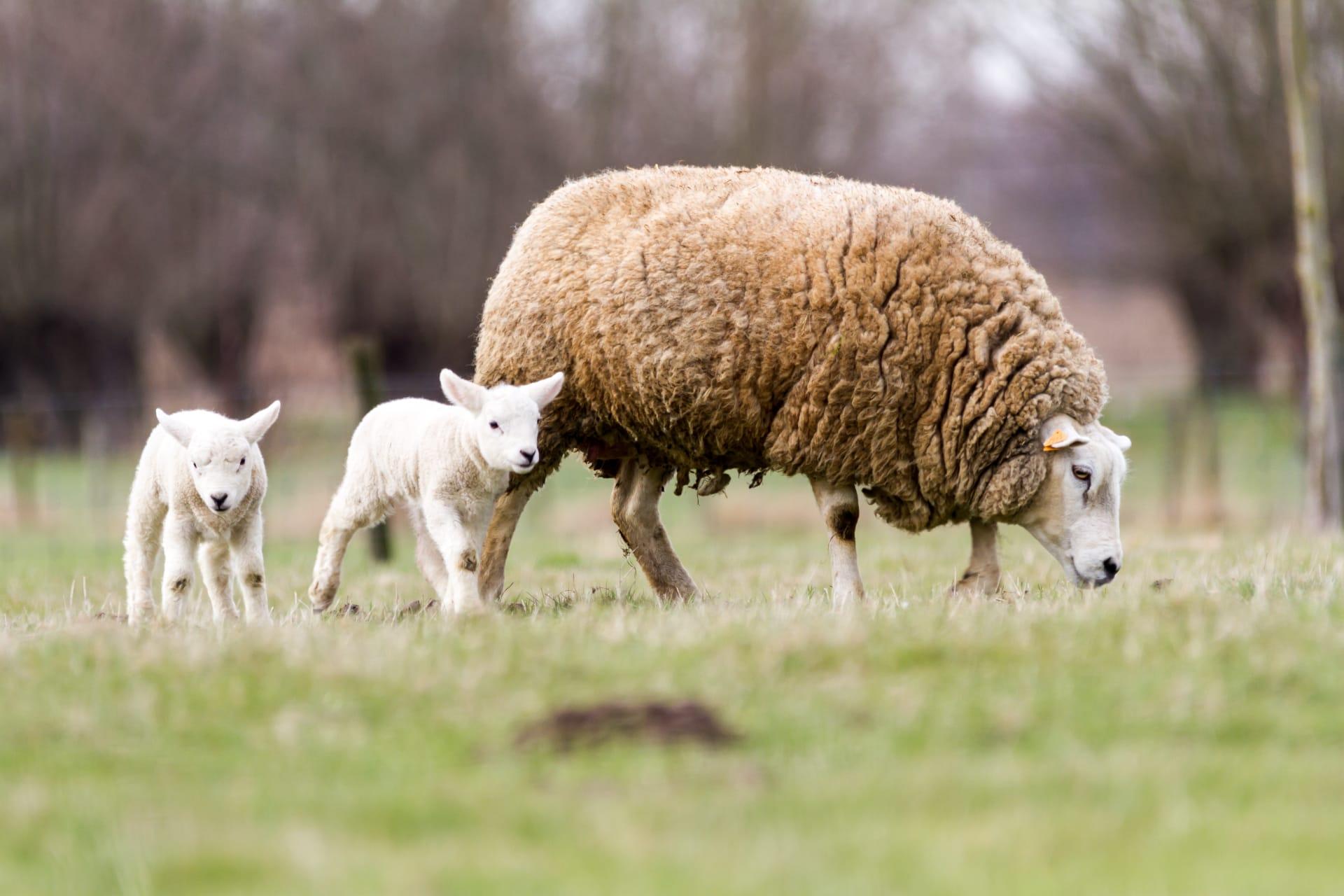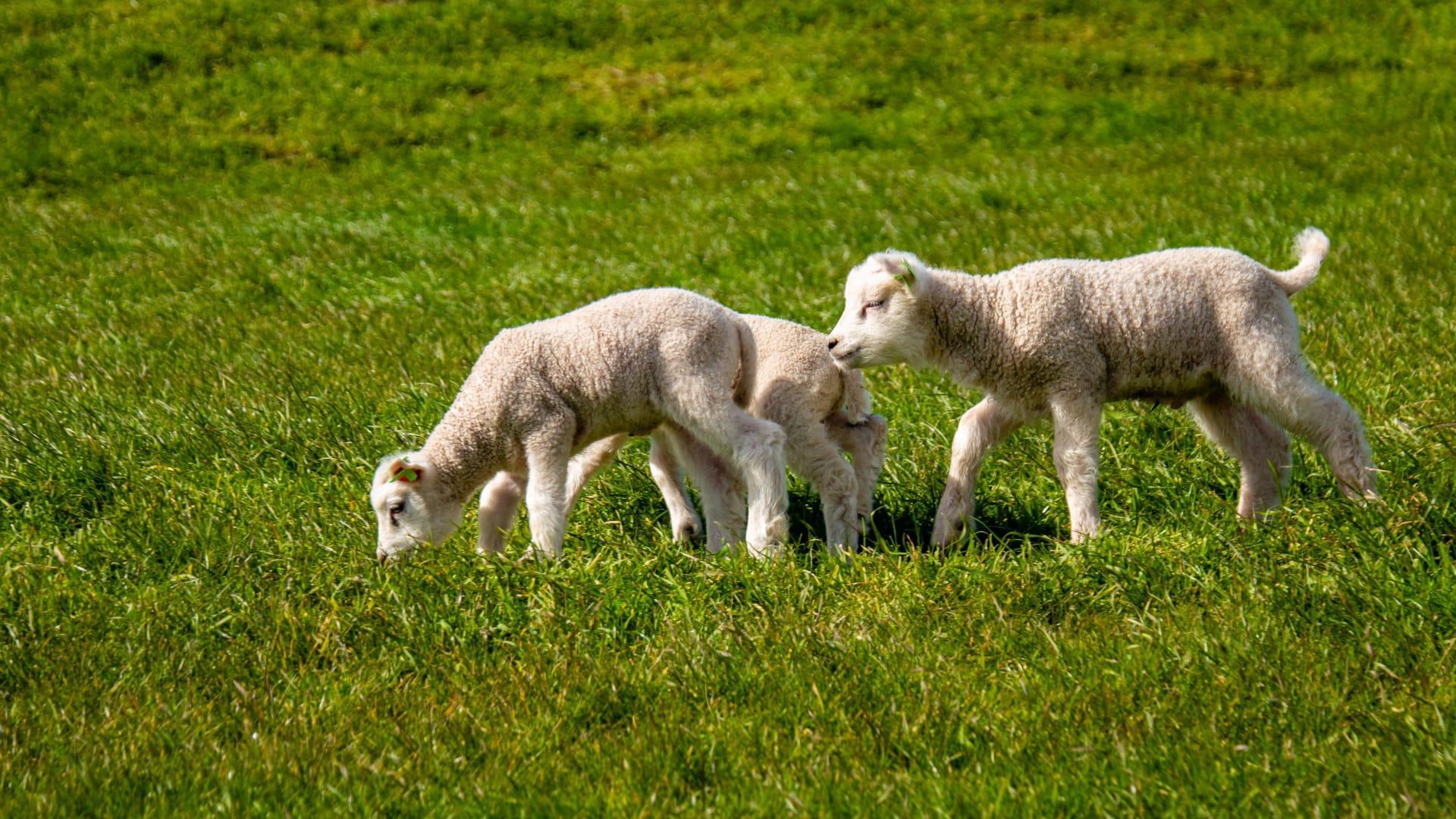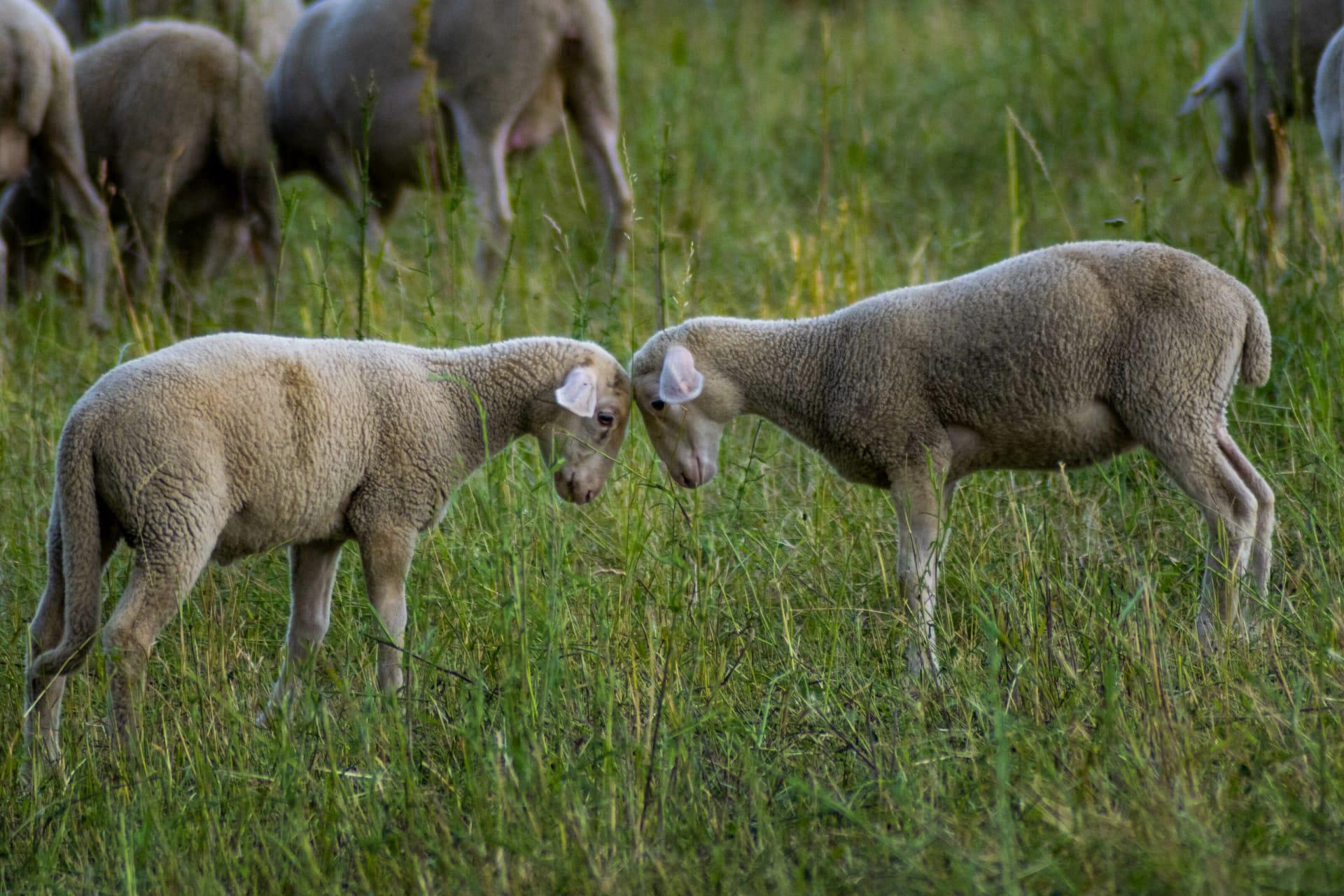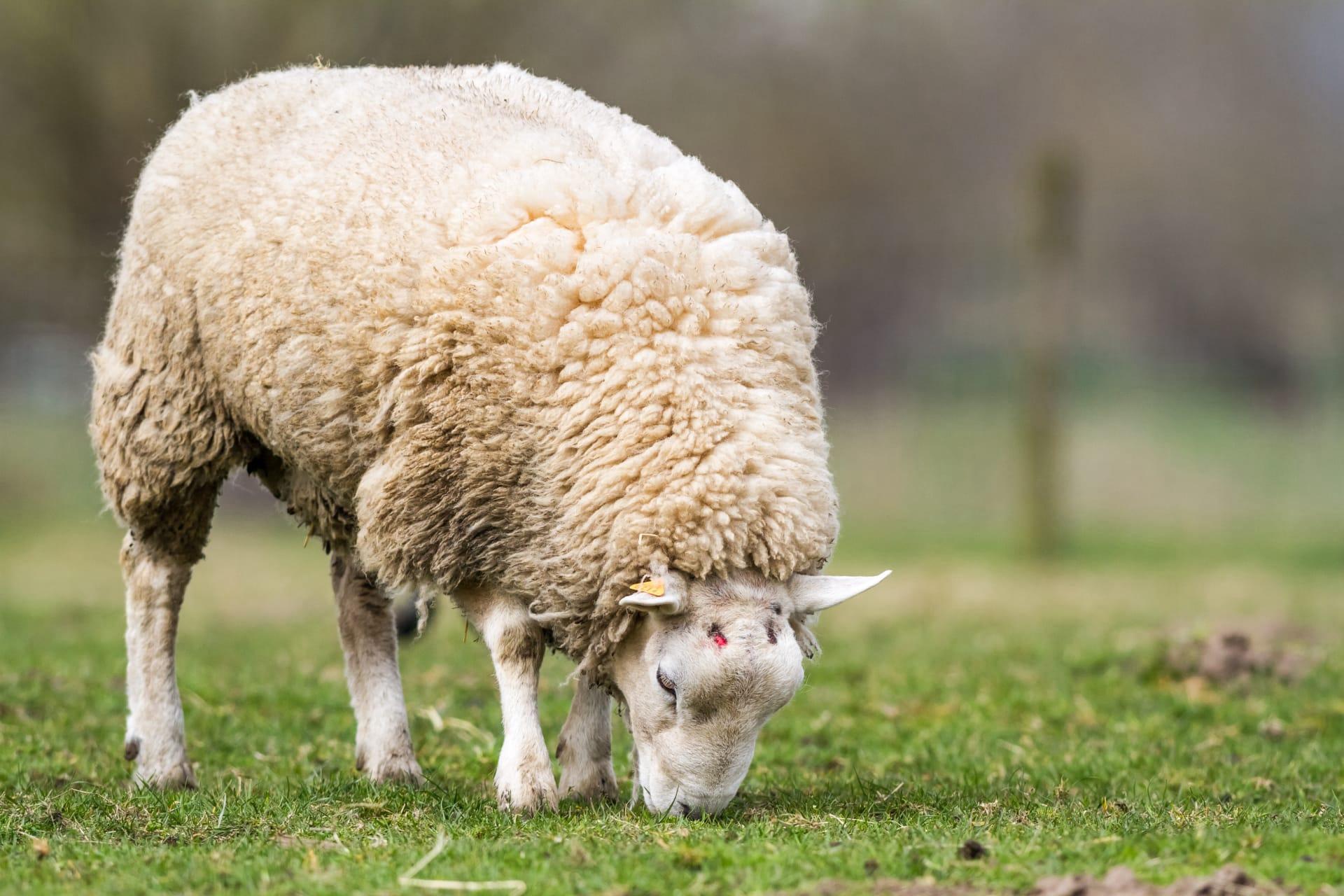Sheep
- Home /
- Mini Encyclopedia /
- Animal /
- Sheep
1
Sheep, known scientifically as Ovis aries, are domesticated mammals falling under the Bovidae family. They are primarily categorized into two groups: domestic sheep and their wild relatives. The domestic species, which we are most familiar with, has an interesting lineage tracing back to the wild mouflon of Europe and Asia. Sheep are unique in their genetic diversity, with over 1,000 distinct breeds recognized globally. This diversity is a result of selective breeding over thousands of years, adapting sheep to various climates and purposes.
Regarding their distribution, sheep are remarkably versatile and found worldwide. Originally native to the regions of Europe, Asia, and the Middle East, they have been introduced by humans to a plethora of environments. Today, they inhabit every continent except Antarctica, thriving in diverse habitats ranging from the Arctic tundra to tropical rainforests. Australia, New Zealand, and China are notable for their vast sheep populations. The adaptability of sheep to various climates and terrains is a testament to their evolutionary success and human-driven propagation.

2
Question: A common misconception about sheep is that they are unintelligent.
Answer: This belief couldn't be further from the truth. In fact, sheep have demonstrated remarkable cognitive abilities. Research shows that they can recognize and remember up to 50 individual faces, both sheep and human, for over two years. This level of memory retention and recognition is comparable to humans. Moreover, sheep have been observed showing emotions, such as fear, anger, boredom, and happiness. They also possess problem-solving skills and are capable of navigating complex mazes. This evidence suggests a level of intelligence that is often underestimated in these animals.

3
Sheep have developed several survival strategies to thrive in their environments. One key aspect is their social structure. Sheep are gregarious animals, often forming large flocks. This social behavior serves as a defense mechanism against predators. By staying in groups, they reduce the risk of individual attacks. Additionally, sheep have excellent peripheral vision, with a range of about 270 to 320 degrees, allowing them to see predators without turning their heads.
Another survival strategy is their fleece. Sheep's wool serves as an effective insulator against both cold and heat, making them adaptable to various climates. Over the years, sheep have also developed a strong sense of hearing and smell, which helps them detect predators. Furthermore, their grazing habits, feeding primarily on grass, allow them to survive in environments where other food sources are scarce.

4
In ecosystems, sheep play a significant role in maintaining balance. Their grazing habits can be beneficial for certain landscapes. By feeding on grasses and plants, sheep help control the growth of these species, preventing overgrowth and promoting biodiversity. This grazing can also reduce the risk of wildfires by removing excess vegetation.
Moreover, sheep contribute to the nutrient cycle. Their manure is a natural fertilizer, enriching the soil with organic matter and nutrients. This enhances soil health and aids in the growth of vegetation. Sheep can also serve as a food source for predators, thus playing a role in the food chain. In some ecosystems, their presence can help sustain populations of predators, maintaining the natural balance.

5
Film: "Sweetgrass" (United States, 2009) - This documentary offers an intimate look at the world of sheep and shepherding. Set in Montana, it chronicles the demanding and often poetic journey of shepherds leading their flock through the Beartooth Mountains. The film beautifully captures the relationship between humans and sheep, the harsh realities of pastoral life, and the stunning landscapes.
Book: "The Sheep Book: A Handbook for the Modern Shepherd" (United States, 2001) by Ron Parker. This comprehensive guide provides an in-depth look at sheep husbandry. Covering topics from breeding to health care, it offers valuable insights for both novice and experienced shepherds. The book also delves into the history and evolution of sheep, adding context to their role in modern agriculture.
Book: "Sheepish: Two Women, Fifty Sheep, and Enough Wool to Save the Planet" (United States, 2011) by Catherine Friend. This memoir recounts the experiences of the author and her partner as they manage a sheep farm. It's an engaging blend of humor and insight, providing a unique perspective on sustainable farming, the challenges of sheep rearing, and the joys of living closely with nature. The book also explores the environmental impact of wool and the benefits of local, sustainable farming practices.